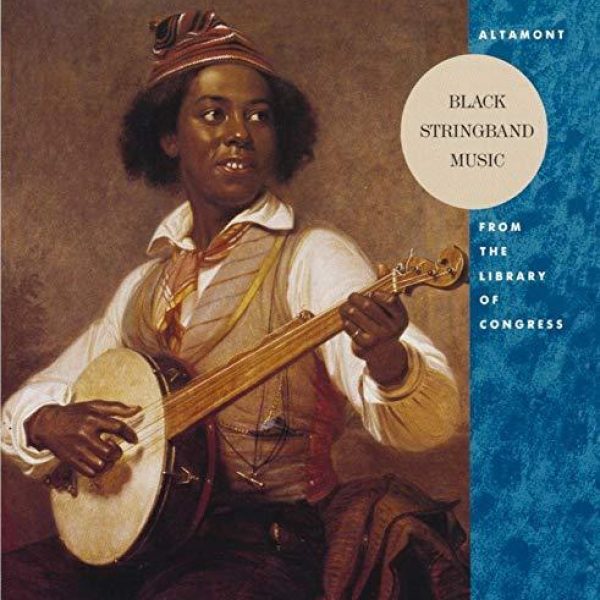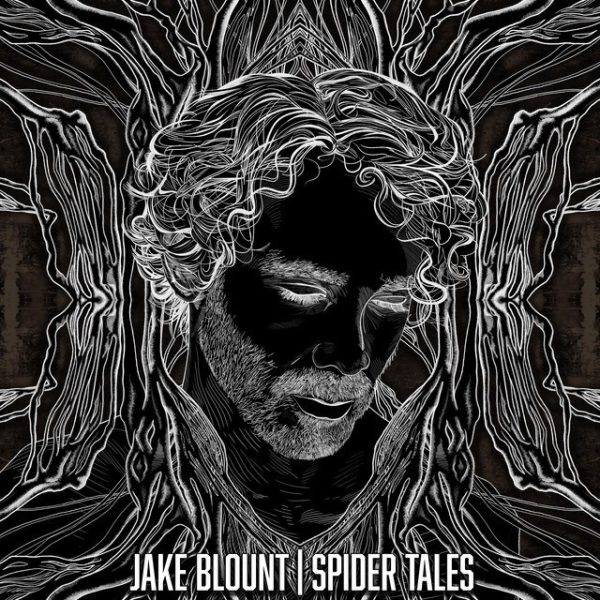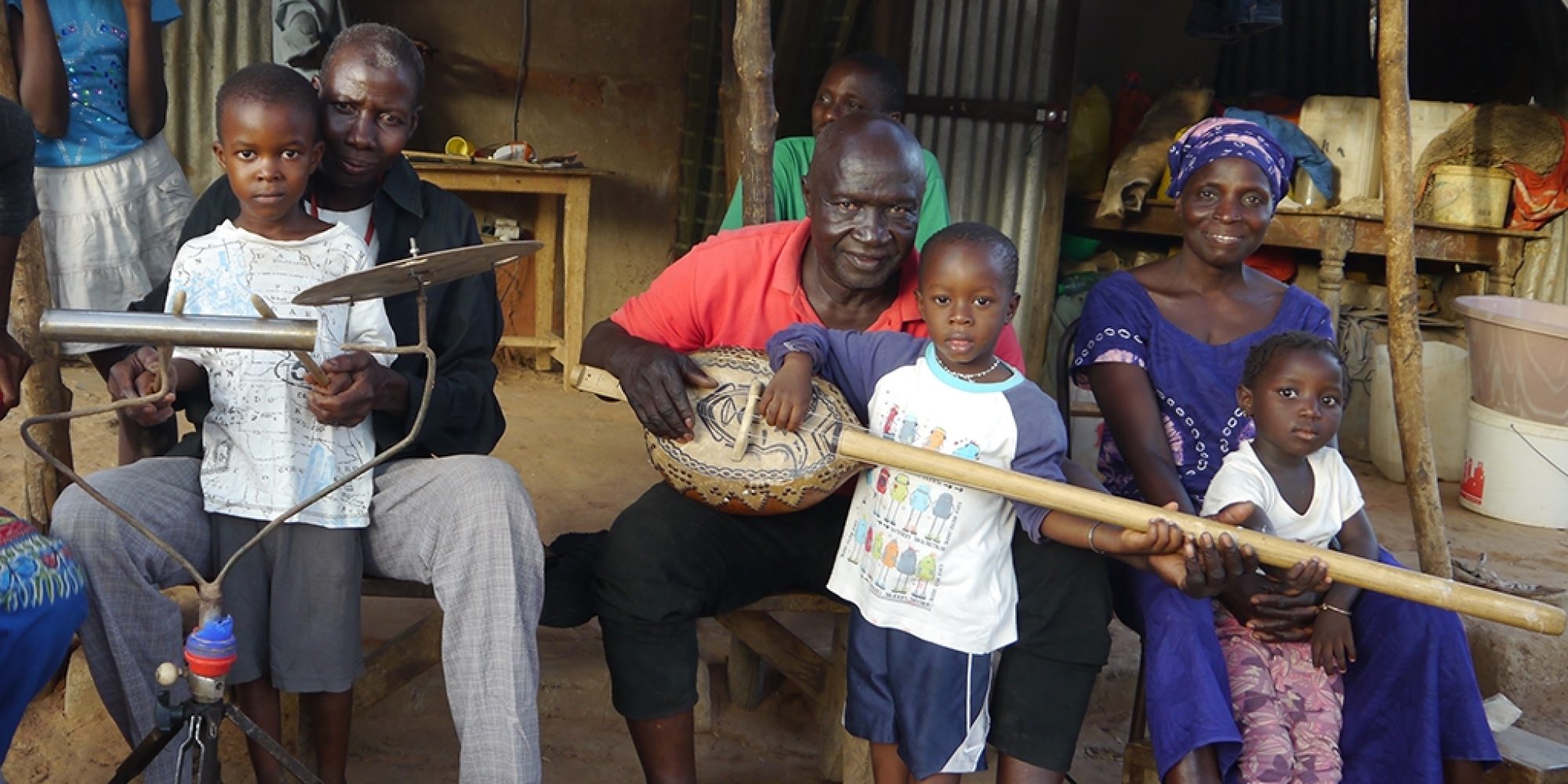By now, it’s widely recognized that the original model for the American banjo, and really all banjos, lies in West Africa. The essential idea of this percussive, plucked-string lute survived the transatlantic passage in the minds of captives to sprout new roots on American soil. The history from there is more or less well understood, but harder to pin down is which African instrument or instruments provided the original model. The question probably has no single answer, as there are so many African variants of lutes with tight-skin, drum-head resonating bodies, and people from many West African ethnic groups were subjected to the misery of the slave trade. There are knots in this history that can never be untied from this distance in time.
That said, there’s no doubt that a top contender for the principle ancestor is the ekonting (sometimes akonting) of Gambia and the Cassamance. Evidence includes the fact that so many captives came from this coastal area, and also the similarity of the ekonting’s finger-picking technique to the style American players call “claw hammer.” (Further insights may lie in a recent book by Kristina R. Gaddy, Well of Souls: Uncovering the Banjo’s Hidden History, which sits on by my reading chair awaiting its turn.) But as fascinating as the ancestor-of-the-banjo parlor game can be, it is perhaps more rewarding to actually listen to the music of West African lutes, and that is where this new release offers deep rewards.
These 25 recent recordings come from Cassamance, that troubled sliver of Senegal severed from the majority north by the Gambia. I say troubled, because separatist ambitions have long fueled conflict in this region, claiming some 5,000 lives and displacing some 25,000 since the early ‘80s. That conflict, unsurprisingly, is a subject in a number of akonting songs. Cassamance is home to more than a dozen ethnic groups, more than 20 languages, many religions, including Christianity and Islam, and over the colonial period, its people have contended with British, French and Portuguese interlopers. Complexity is baked into the story and the music.
These recordings focus on the Jola people, traditional rice cultivators of the Senegambia. Jola musicians use the ekonting to sing about their lived experiences in songs of love, betrayal, migration, conflict and death, palm wine and the spirit world… Many songs are associated with traditional wrestling, a popular entertainment since antiquity, and soccer, a more recent passion.
The recordings were made by Scott Linford working with Daniel Laemou-Ahuma Jatta, founder and director of the Akonting Center for Senegambian Folk Music in the Gambia and a major authority on the instrument. Nine players are featured, some playing and singing solo, some in small ensembles, and a few in larger groups with choruses, percussion and multiple ekontings. The ekonting players generally stick to a common melodic line, cycling over and over, rarely diverging into separate parts. The best soloists, like Abdoulaye Diallo, Musa Diatta, and a rare female player, Elisa Diedhiou, can get quite fancy.
Elsewhere the percussion rhythms and vocal melodies are fore-fronted, and some of the singers are exceptional, whether Jean Kangaben Djibalen’s gravelly baritone or Sijam Bukan’s floating falsetto. Call and response arrangements abound, and we hear the sounds of interjecting onlookers, roosters crowing and, in the more percussive songs, the joyful ambiance of a village party.
As it happens, this album arrives the same week as Afropop Worldwide encores our program on the "African-American String Music Tradition." Heard back to back, they make a fine pair, connecting dots on a mysteriously winding timeline, a centuries-long saga of celebration, struggle, tragedy and redemption, the cultural backbone of African-American folk music.
Related Audio Programs

Related Articles










